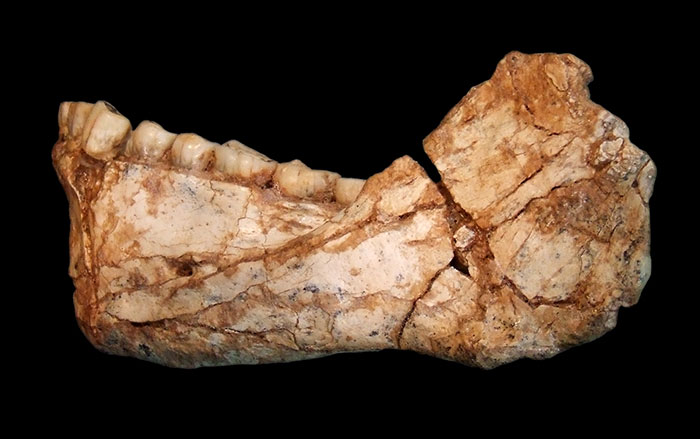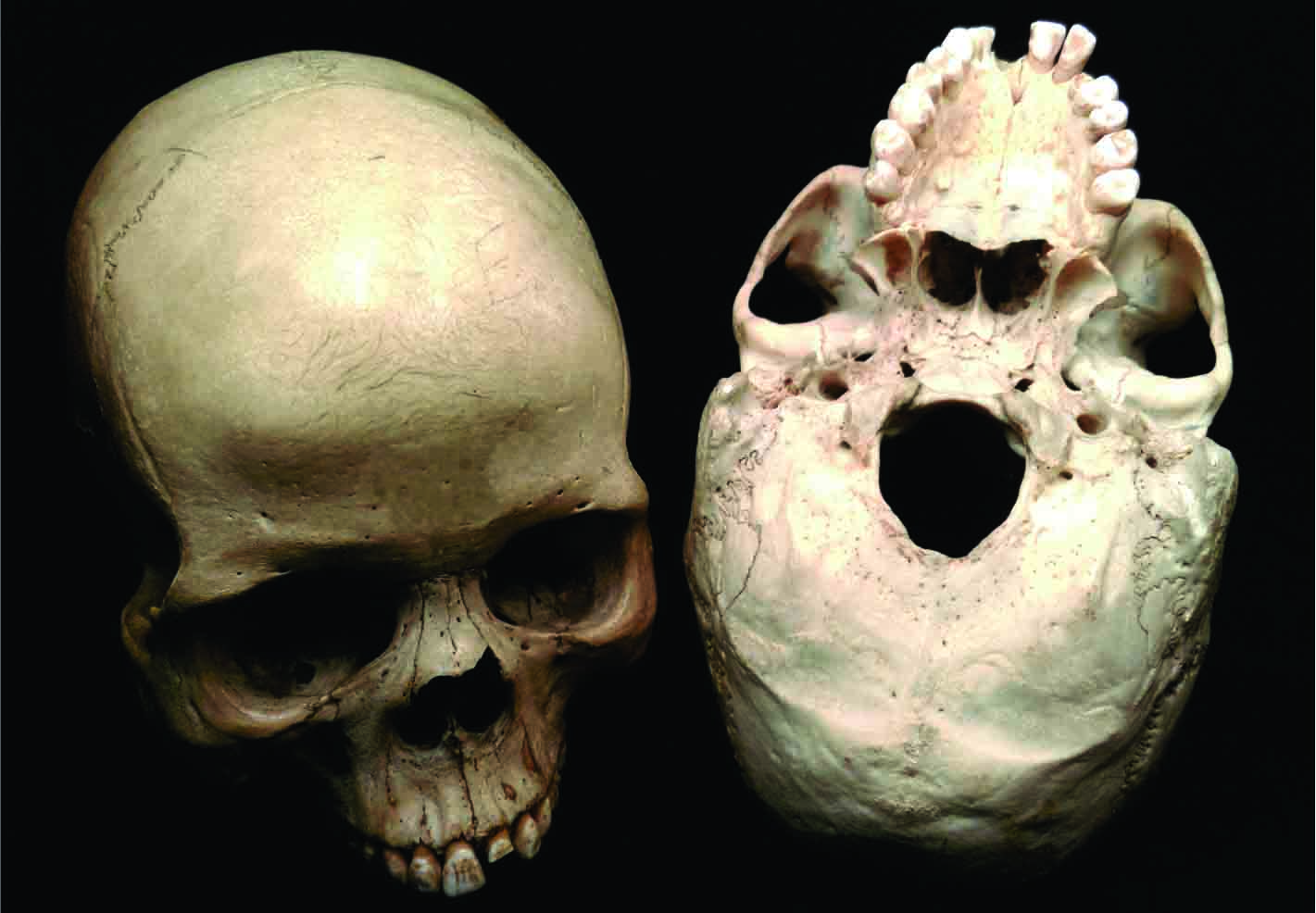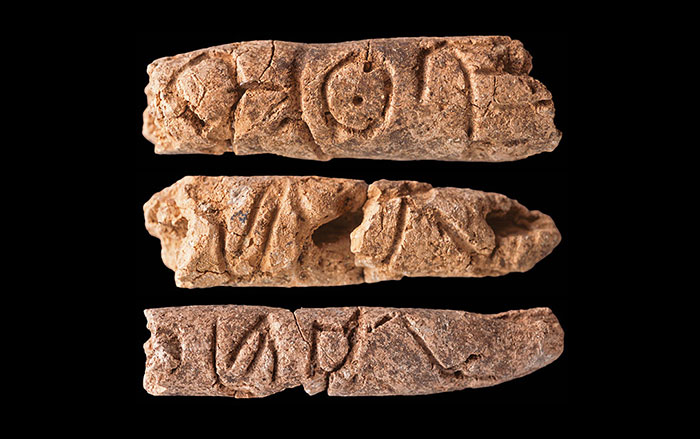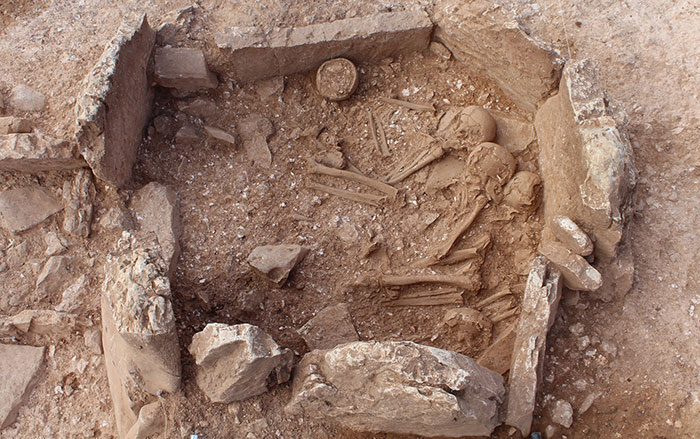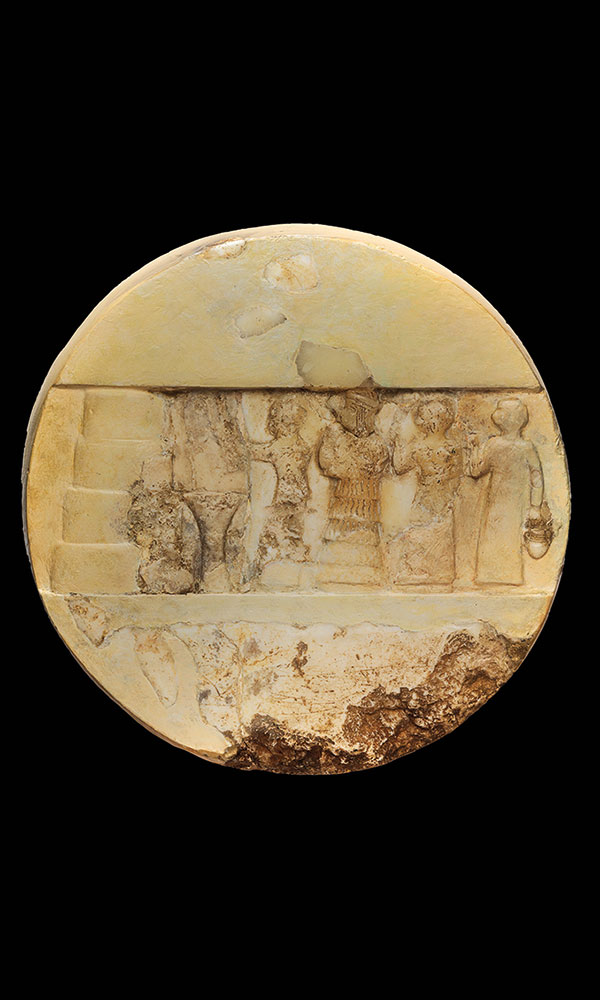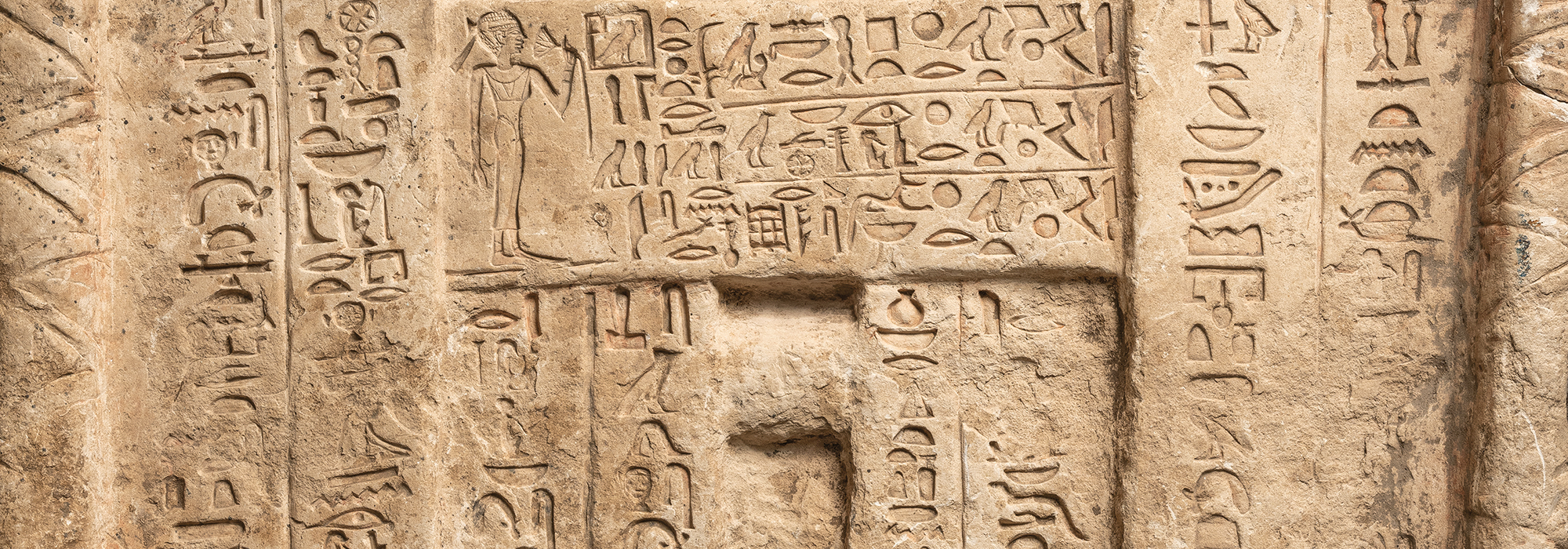
ST ANDREWS, SCOTLAND—BBC News reports that human volunteers shown videos of wild chimpanzees and bonobos were able to interpret their gestures correctly more than 50 percent of the time. For example, Kirsty Graham of the University of St Andrews said that scratching the chest translates to “groom me,” a mouth stroke says “give me that food,” and beckoning with fingers pointed down means “come here.” In all, great apes in the wild have been observed using more than 80 gestures to communicate. “Human infants use some of these same gestures, too,” Graham said, suggesting that modern humans and other great apes may have inherited a gesture vocabulary from our last common ancestor. To read about a study that compared Neanderthals' hearing to that of chimpanzees and modern humans, go to "Neanderthal Hearing."


